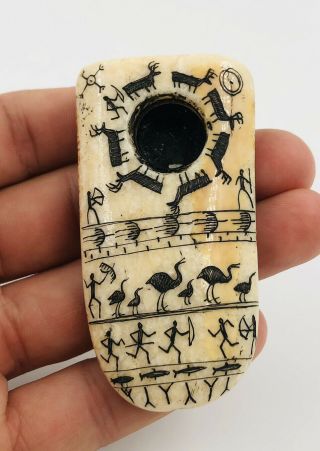Early Camel Jaw Section, Poebrotherium Fossil, Badlands South Dakota, Oligo P306
Item History & Price
| Reference Number: Avaluer:31703339 |
Locality: Private land in Pennington County, South Dakota
Age: Oligocene, 30 Million Years Ago
Read below pictures for information about the area it was found.
Note that ruler increments are 1/16 inch.
Your item will be sent with your invoice receipt in a padded bubble mailer, First Class Mail with Delivery Confirmation.
International buyers should contact me for shipping charges on m...ultiple items before paying. We charge international shipping based on the total weight of the package only.
Camelidae
Early camels, Poebrotherium
The discovery of the early camel Poebrotherium in the White River Badlands was initially puzzling. Few complete remains were found and nobody expected to find such a primitive camel in North America. Ultimately it was determined that camels first appeared in North America during the Unitan NALMA of the middle Eocene. Their expansion during the late Eocene coincided with a drying trend that produced the first areas of grassless savanna in North America. The limb morphology of Poebrotherium includes very elongate axial metapodials, reduced lateral metapodials and sharp ungual phalanges that suggests early camels were adapted to a cursorial existence in more open habitats. Unlike living camelids which are digitigrade and have padded feet, Poebrotherium was unguligrade and its ungual phalanges probably bore deer-like hooves.
Early camels were lightly built and resembled modern llamas. Only two feet tall, perhaps 50 lb in weight and without any derived features, their eyes were located farther back in the skull when compared with those of modern camels. Their ribs were also much lighter. Poebrotherium had a split toe, a variation which would later evolve into a pad underneath these toes that is still seen in modern camels. Poebrotherium teeth are less hypsodont and more primitive than any other camelid except Poebrodon. They are small and have a hollow triangular cross-section which later evolved into more distinct dental variations adapted for plucking and grinding vegetation Teeth toward the front of the jaw are reduced in size and peg-like. The skull of Poebrotherium is approximately7 inches long and constructed of thin fragile bones. Because camel skulls are narrow and elongated, most have broken cheekbones and orbits when found and complete skulls are a rare find.
Compared to other herbivores, camelids are relatively rare in the Eocene. This did not change until after the Chadronian NALMA when the remains of Poebrotherium wilsoni, the gazelle-camel, became abundant in the White River deposits of Colorado and southeastern Wyoming and although camel remains are more common in Nebraska and eastern Wyoming than in South Dakota, their remains are still rarer than those of oreodonts. Living camelids from South America, including vicuna and guanacos as well as the domesticated alpaca and llama, do not have humps and probably resemble the early camels of the White River beds.
00040



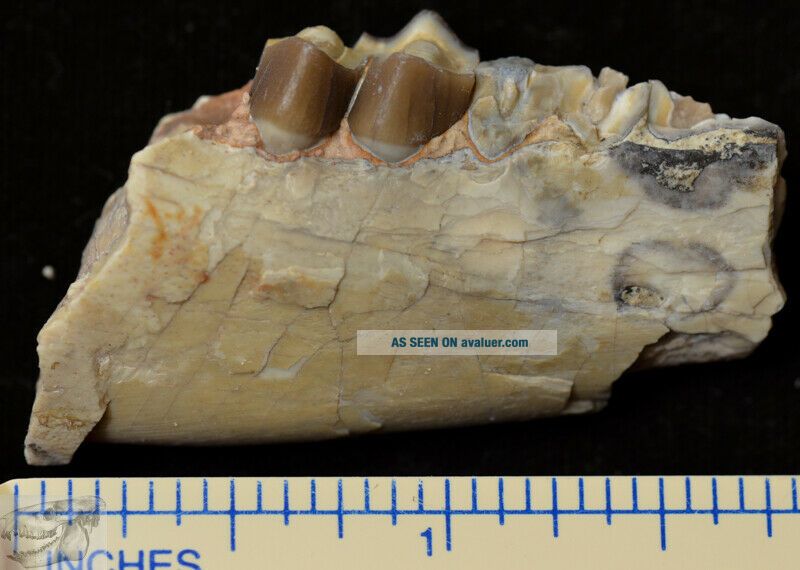
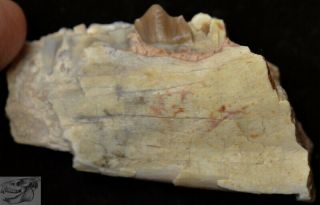
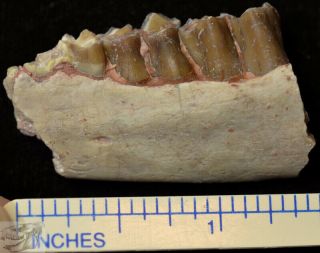
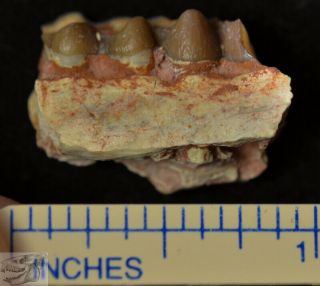
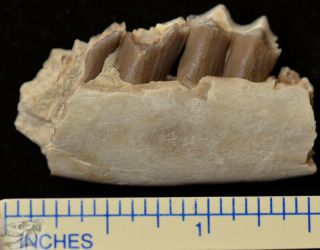
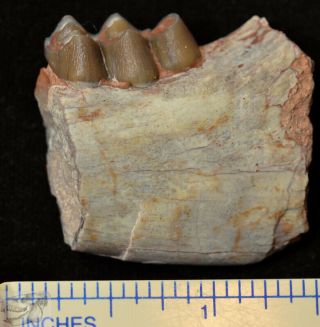
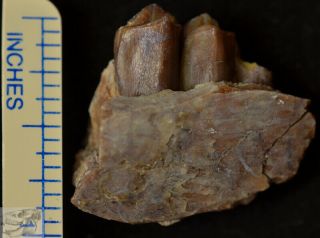
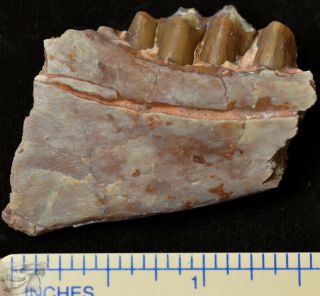
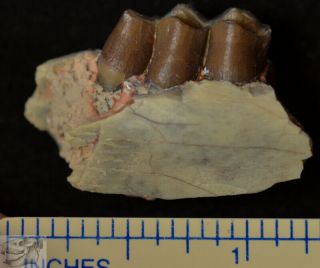
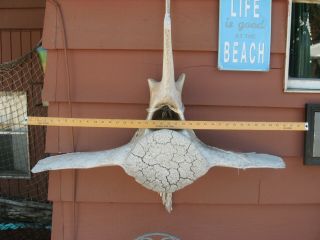
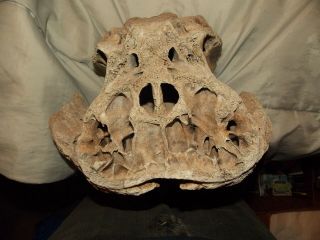
![[mh2] Saber Tooth Cat Tiger Tooth Fossil Canine](https://pic-b.avaluer.net/imgstmb/d/k/s/f/r/-mh2_saber_tooth_cat_tiger_tooth_fossil_canine-1_20_tmb.jpg)
![[htsh055] A, Rare Saber Saber - Toothed Cat Megantereon Skull Fossil](https://pic-j.avaluer.net/imgstmb/d/x/d/r/d/-htsh055_a__rare_saber_saber___toothed_cat_megantereon_skull_fossil-1_12000_tmb.jpg)
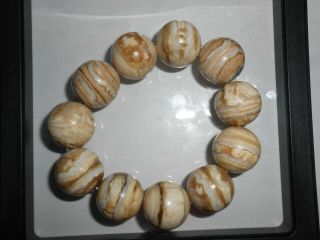
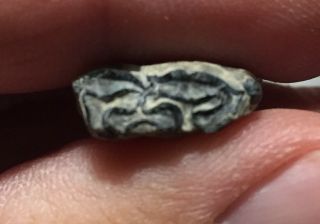
![[htsh051] Rare Machairodus Saber Saber - Toothed Cat Skull Fossil](https://pic-j.avaluer.net/imgstmb/d/x/e/e/r/-htsh051_rare_machairodus_saber_saber___toothed_cat_skull_fossil-1_12000_tmb.jpg)
